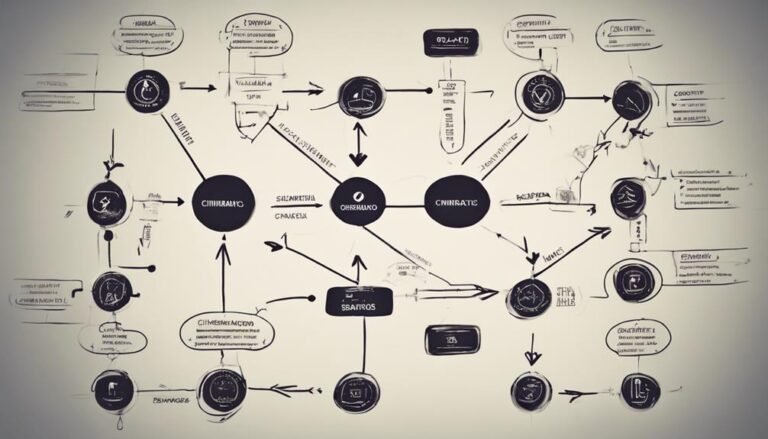Finding the Right IT Solutions for Your Business’s Unique Needs
Regardless of Whether you’re a vibrant entrepreneur seeking to displace more significant businesses via some kind of new way of doing things or an existing organization looking to scale up and implement ever more complex solutions to your existing tech stack, there are likely plenty of options at your disposal for doing so. As technology is advancing at a seemingly intractable rate, more and more solutions are coming online to help those who are willing to take advantage of them to boost sales, increase customer satisfaction, reduce waste, improve productivity, or any number of things that businesses all strive for.
In this post, you will learn of a few that can assist you in whatever it is you are attempting to achieve and boost your bottom line in a sufficiently modern way.
Assess Your Business’s Specific Requirements
Before you go ahead and put the horse before the cart, your first step should be stepping back and assessing your current needs. If you fail to perform this task, you will only end up throwing money away on shiny new things that either don’t significantly impact results or that you are unable to integrate into existing systems.
Once you’ve established what you need, you can begin the search to find the solutions to the problem. If you need methods to automate, scale, and deploy new applications, you can look into a custom Kubernetes solution that might fit your unique requirements better than other options. These solutions can help to massively increase efficiency not only in existing systems but also for any that you are looking to implement on a deeper level.
However you choose to go about the job, the name of the game is ensuring that you understand what you need, why you need it, and how you will employ it most effectively.
AI Might Be The Latest And Greatest Thing, But Use It Wisely
Just as cloud computing and crypto used to be the buzzwords du jour, so too has the term AI. While AI has shown an incredible rate of adoption and evolution over the past few years, it might not be for everyone. Moreover, the way in which you employ it in your business is perhaps more important than anything else since incorrectly doing so could cause all manner of issues depending on how it’s being implemented.
Nonetheless, it’s unwise to entirely ignore it as it holds enormous potential to boost all the right things like efficiency and productivity…as long as it’s used correctly and your staff are fully trained on how and why it’s being included in existing systems.
Evaluate Current IT Infrastructure Limitations
In some ways, this point is similar to the first one in the post, but in others, it differs slightly. By evaluating where your current IT infrastructure falls short, you can make a list of things you need to do or invest in to pick it back up to a place it really ought to be. This might be a bottleneck when you receive large orders of a particular product, backup systems that are severely lacking, or, in a worst-case situation if you’ve failed to implement the latest security protocols and are finding out that your systems are being heavily probed by those who wish to break in and steal all of your juicy data (then block you from accessing it and demanding a ransom).
Consider Scalability For Future Growth
The aim of every business should be to grow and make more money, and if you aren’t currently set up to scale, you will reach a bottleneck sooner rather than later that will massively hinder your ability to serve your customers. This won’t only result in lost sales but could adversely impact your brand reputation and cause you to lose valuable customers and have to start all over again to entice them and more back into your fold. Therefore, any new IT solution you believe you need should have the ability to scale up organically with you as you grow, either by including multiple tiers or having a customer support team on hand to help you increase volume when required.
Evaluate Long-Term Benefit Versus Initial Investment
It’s easy to look at the initial cost of purchasing and implementing new systems and balking at the price. This tends to be because enterprise-level solutions are often on the higher side of things and, even if they start relatively low, can go to the moon as you gain more customers and need more computing space to meet demand. However, to only look at this upfront cost and ignore the advantages you will gain down the line is to do your company a disservice. You should always have an eye on reinvestment, and as long as the investment is sound based on your projections, you have nothing to fear when investing a significant amount.
There is a lot that goes into figuring out what your business needs vis-a-vis IT, and even once you know what you need, you still need to ensure it plays nicely with other systems. By considering the tips in this post, you should gain a better understanding of what’s involved in the process.







